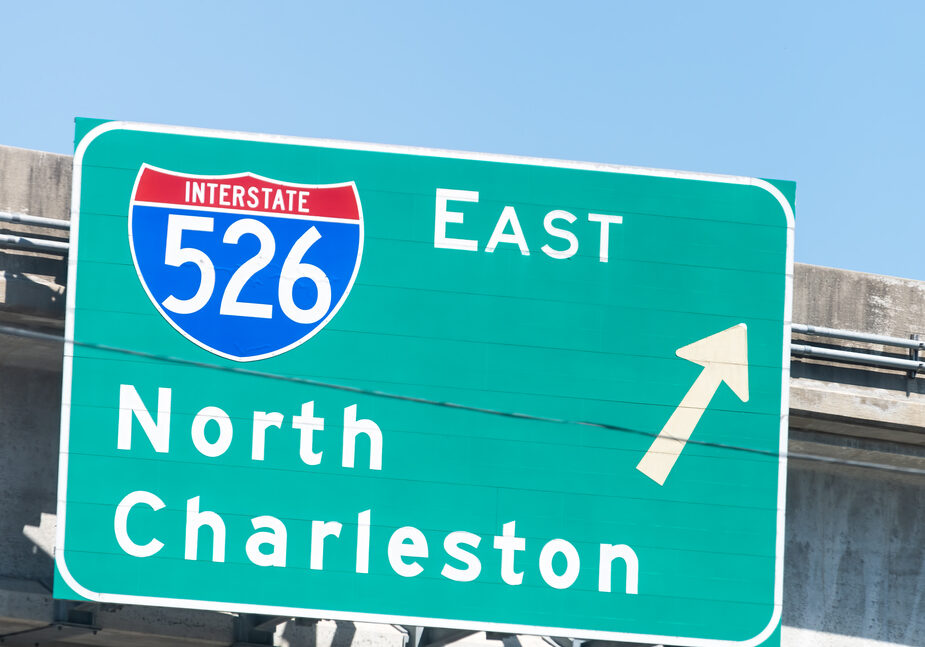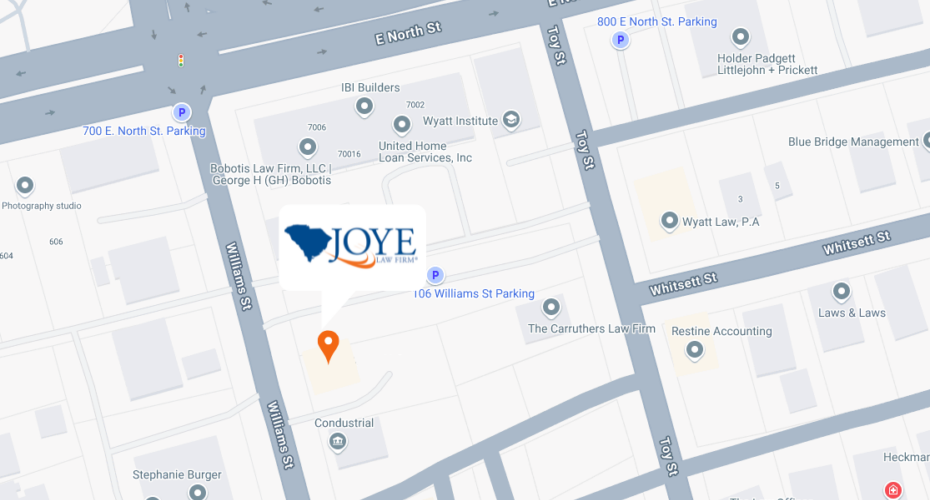
Dillon Wright’s small passenger vehicle didn’t stand a chance when a commercial truck hauling heavy machinery barreled across the grass median on I-526, causing a head-on crash. What should’ve been a routine trip down I-526 East instead resulted in a traumatic brain injury and numerous broken bones. While lucky to have survived, his injuries required a prolonged hospital stay, multiple surgeries, and extensive physical therapy, resulting not only in medical expenses but also costly time away from work.
Fortunately, Dillon’s family knew who they could turn to for justice. Joye Law Firm fought to preserve evidence that would’ve been destroyed and used it to build the strongest case possible. Ultimately, we secured a multi-million dollar settlement for Dillon. Formerly the family breadwinner, we ensured Dillon’s settlement was enough to cover his past and future medical expenses, and allowed him to forge a new future.
Unfortunately, crashes like Dillon’s are too common on Interstate 526, the partial beltway around Charleston, South Carolina. The “Mark Clark Expressway,” or simply the “Mark Clark” as it is commonly called, currently runs from the Savannah Highway in West Ashley to Johnnie Dodds Blvd in Mt. Pleasant, with discussions to extend it west to Johns Island and across to the James Island Connector. Despite being a vital transportation hub, it has earned a grim reputation for being a dangerous road. In 2021 alone, I-526 saw 735 collisions, including 169 with injuries and one tragic fatality.
Since 1968, Joye Law Firm has been a champion for auto accident victims throughout South Carolina. Our experienced car accident attorneys fight tirelessly to protect the rights of those injured in collisions on I-526 and the state’s other dangerous highways and roads. We understand the physical, emotional, and financial burdens an auto accident can cause. Our team is dedicated to holding negligent parties accountable, navigating complex insurance negotiations, and securing the compensation our clients deserve.
Key Factors Contributing to I-526 Accidents
I-526 is a vital transportation artery of the state. It’s essential for commuters, visitors, the movement of freight, and access to the busy Port of Charleston terminals alike. The corridor is notorious for congestion, with the I-526/I-26 interchange being an especially frustrating chokepoint for drivers.
In May of 2024, the Port of Charleston was closed for two days due to a software malfunction. The abrupt halt in access to the port wreaked havoc on this vital road as 18-wheelers lined the shoulders, creating dangerous conditions for all drivers.
Some portions of I-526, such as the section from W. Montague Avenue to I-26, receive more than 80,000 vehicles per day, according to SCDOT Annual Average Daily Traffic calculations. As the demand for capacity grows, driven by both the increase in daily traffic and the commercial needs of the port terminals, so too do the risks of motor vehicle accidents.
The high number of accidents on I-526 isn’t due to a single factor, however. A complex mix of elements contributes to the dangers that drivers face, including the road’s design, traffic patterns, and even the weather.
- Design and Infrastructure: On I-526, factors like the road’s slope, curve visibility, and the inadequacy of signs and lane markings can make navigation challenging. Roads designed decades ago for less traffic struggle to cope with today’s volumes, leading to dangerous conditions. Poor road maintenance and potholes further decrease safety on the interstate.
- Traffic Volume and Patterns: Heavy traffic and changing traffic patterns contribute significantly to accidents on I-526. The route sees a mix of slow-moving jams and fast-paced flows, especially during peak hours, making it prone to collisions. According to the South Carolina Department of Public Safety, the majority of traffic collisions occur Monday – Friday between 3:00 p.m. and 6:00 p.m., when individuals are commuting home. Additionally, driver behavior in traffic, ranging from distraction to aggression, exacerbates risks.
- Environmental and Weather Conditions: Adverse weather conditions, like rain and fog, greatly impact the safety of I-526. Rain slickens surfaces and reduces traction, while fog severely limits visibility. These conditions are especially dangerous on routes like I-526 with high traffic volumes and speed limits, where some drivers may fail to adjust their speed appropriately.
- Construction: The SCDOT has identified the 23-mile corridor as one of the state’s most congested interstates and a top priority for improvement. While long-term improvements might help reduce accidents, short-term changes can actually create more dangerous situations for motorists. In addition to a possible expansion, other fixes are currently being studied. The corridor is divided into two projects: I-526 Lowcountry Corridor West and East. An Environmental Impact Statement (EIS) is underway for the West project, from Paul Cantrell Boulevard in West Ashley to Virginia Avenue in North Charleston. The East project, currently in a Planning & Environment Linkages (PEL) study, extends from Virginia Avenue in North Charleston to U.S. Highway 17 in Mount Pleasant.





